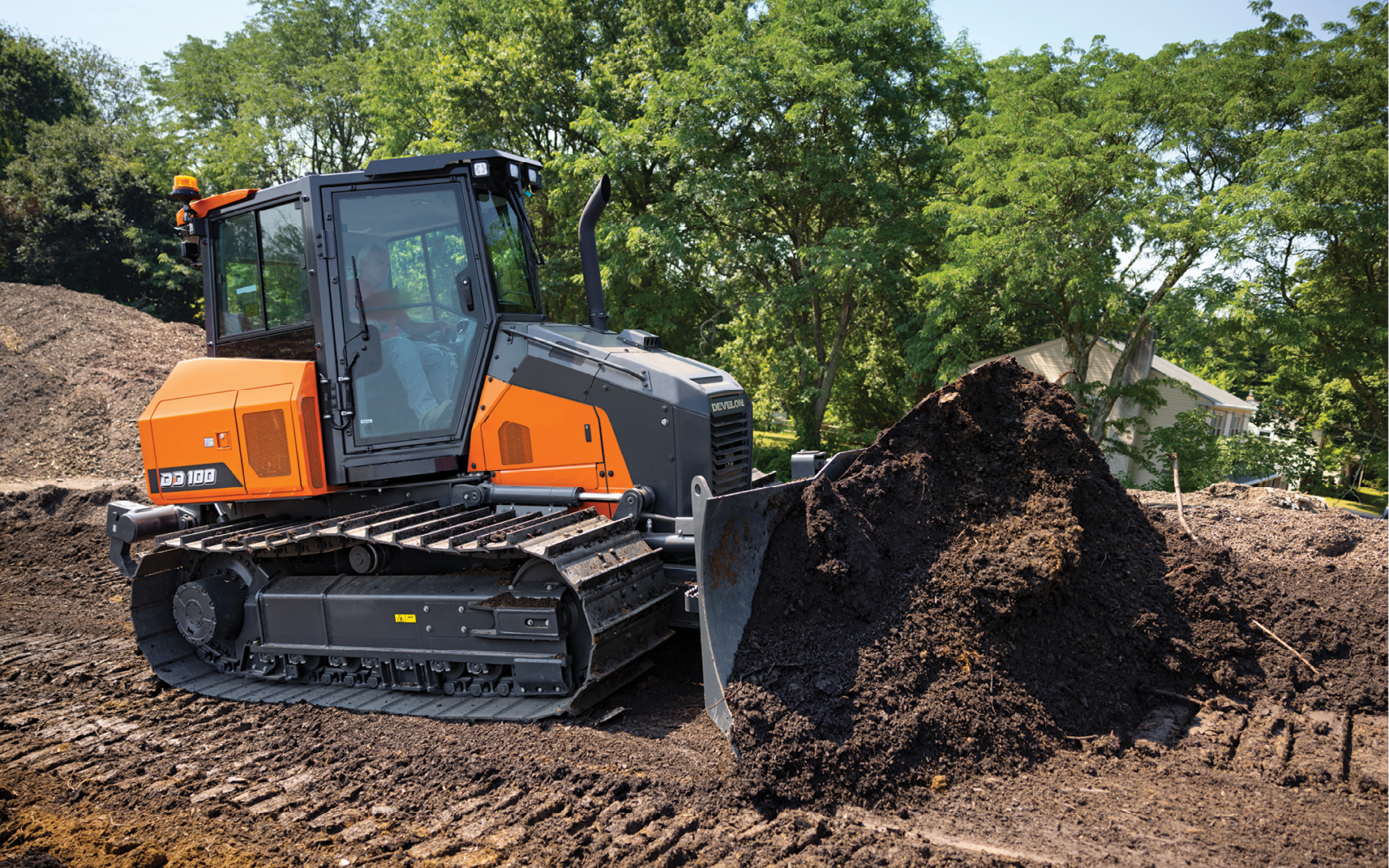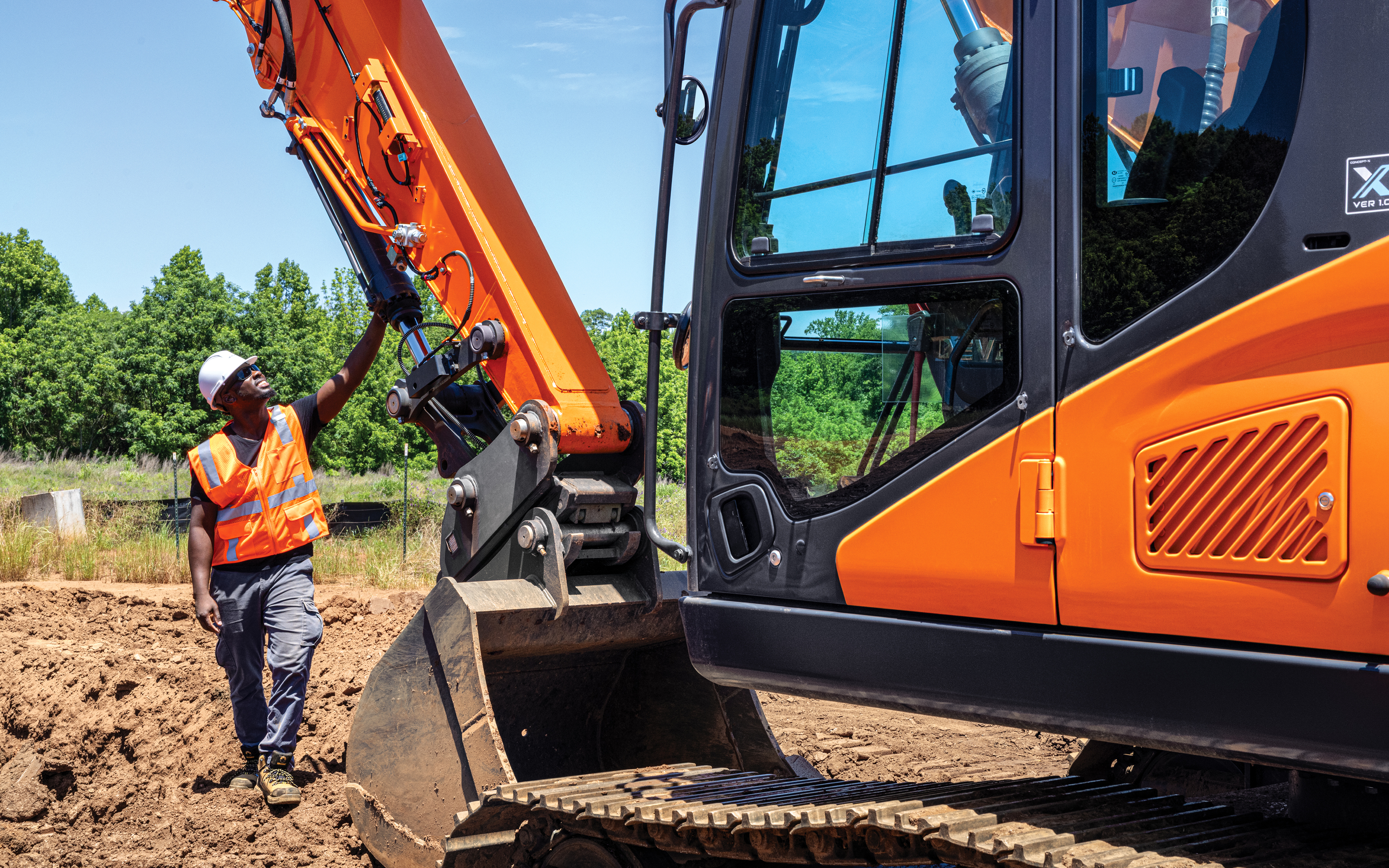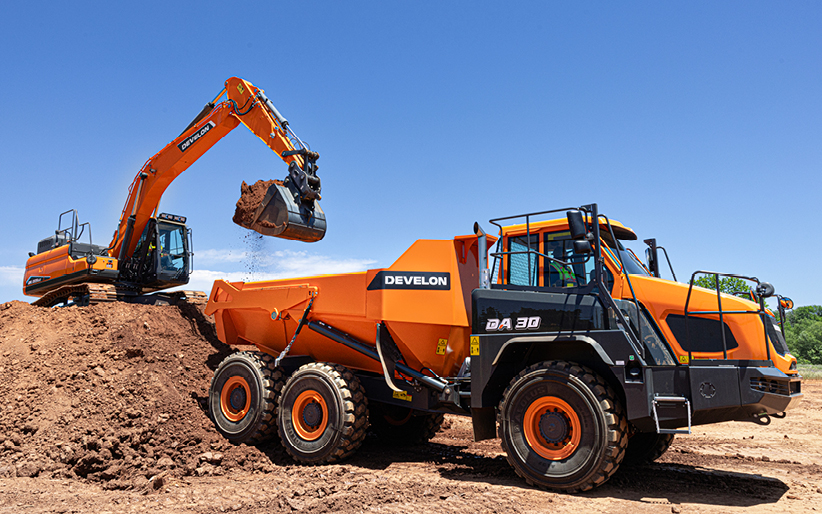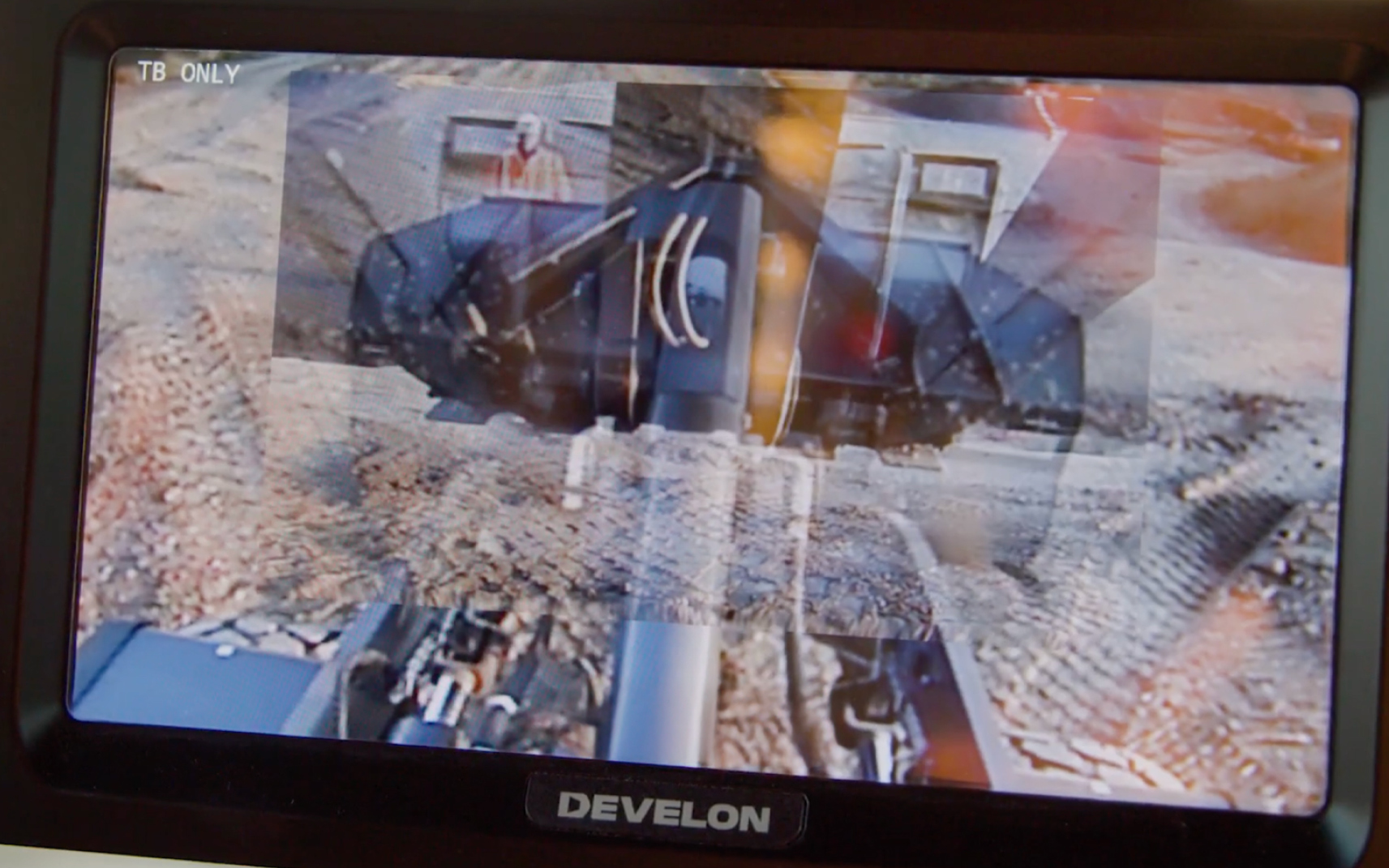Get Better Dozer Performance With These 7 Tips
Dozers are known for their powerful earthmoving capabilities, easily pushing dirt across jobsites. But even though they are workhorses in the construction industry, they do need routine maintenance just like other equipment.
Follow these seven routine dozer maintenance tips outlined by Senior Engineering Manager Moo Young Park to get better performance and life out of your machine when working in tough applications.
1. Follow the Dozer Operation & Maintenance Manual
Every dozer comes with an Operation & Maintenance Manual that lists recommended dozer maintenance items as well as oil and fluid recommendations.
“Before performing maintenance, make sure you familiarize yourself with the manual,” says Park. “You will find helpful tips and useful information on how to keep your dozer running at its best.”
If you don’t have a copy, you can request one from your dealer or get an electronic version.
Not only does the Operation & Maintenance Manual explain what components should be inspected, but it also has specific instructions for properly parking your dozer before maintenance.
Before performing maintenance on your dozer, you should follow these steps:
- Park your dozer on a level surface and lower the blade or other work tool to the ground.
- Engage the parking brake.
- Allow the engine to run at low idle and cool for a set time.
- Stop the engine.
- Place a “do not operate” warning tag before starting maintenance.
You and your dozer operators should request maintenance training and assistance from your local equipment dealer. They can provide proper inspection techniques and give you tips on how to familiarize yourself with decals as well as key maintenance points on the machine.
2. Clean Out the Undercarriage
The dozer undercarriage is a top priority when it comes to maintenance since it accounts for roughly half of a dozer’s lifetime repair costs. At the end of each workday, take the time to clean out dirt, mud and other debris that can get stuck in the undercarriage and eventually lead to buildup.
“Make sure to remove materials as soon as possible to prevent them from causing damage to components and premature wear,” says Park. “This is especially important in colder climates, where debris will freeze in the undercarriage. It can rub on the bolts, loosen the guiding and seize up rollers.”
Some dozers are equipped with undercarriages that are designed with single- and dual-flange rollers for easier track carriage cleanout, helping debris fall to the ground rather than become packed in the track system.
Shovels and pressure washers can be used to clean the undercarriage. During colder weather it’s best to store dozers inside overnight to help minimize the chance of material freezing in the undercarriage.
3. Inspect the Undercarriage for Wear or Damage
It’s always a good idea to complete a machine walk-around, checking the undercarriage for excessive or uneven wear and looking for damaged or missing components.
“You should also inspect the dozer tracks to see if any components look out of place, as well as checking the rollers, idlers and drive motors to make sure there is no oil leaking, which could lead to major failure in these components,” says Park.
Don’t forget about the dozer’s track pads. Look for worn leading and trailing edges and check for any rocks that may have gotten wedged under the trailing edge, which can contribute to undercarriage wear.
If your dozer is being used in harsh applications, such as extreme cold or heat, rocky terrain, or mud and water, the undercarriage may need to be inspected more frequently. For instance, when working in water, make sure you do not exceed the maximum permissible water depth, which is anything higher than the centerline of the upper track rollers. After working in water, lubricate all lubrication points on the undercarriage that have been underwater. Make sure no water has entered the travel gearboxes and undercarriage components.
Saltwater and saltwater spray are very corrosive. When operating in water or snow, make sure to flush the dozer with fresh water as soon as possible and check that all control systems operate properly. Be sure to carefully clean the electrical system to prevent corrosion.
4. Check the Track Tension
Keep your tracks working their best by frequently inspecting the tracks for proper tension.
“Our dozers feature a removable side panel that provides easier access to add grease to the undercarriage’s tension system,” says Park.
The recommended range for track tension and the proper technique for measuring it can be found in the Operation & Maintenance Manual. If tracks are not properly tensioned, issues can develop that lead to increased wear and damage to parts.
Working conditions can also impact track tension. Be aware of the environment and mindful of how it can impact your dozer’s tracks.
5. Inspect Fluid Levels and Filters
A dozer has multiple parts that rely on proper lubrication and cooling, which is why it’s important to maintain proper lubrication as outlined in the Operation & Maintenance Manual. Important fluids include the following:
- Engine oils
- Hydraulic fluid
- Grease
- Coolant
- Drive motor lubricants
“Failure to follow proper lubrication recommendations can lead to shortened component life or excess wear on the engine, cooling system or other essential components,” says Park. “For instance, low lubrication levels can force the dozer to work harder, lead to loss of lubrication and contribute to parts wearing out faster. High lubrication levels can also lead to problems.”
Filters are also extremely important since they prevent impurities in hydraulic oil, fuel and air circuits from causing issues.
It’s important to note that some manufacturers design their dozers with convenient access points to help with maintenance. Regular inspection points can be accessible at ground level. In addition, the dozer’s cabin can tilt up when maintenance is needed so there’s no need to disassemble the cab to reach critical components. You can easily open machine panels and see where to add or replace filters and fluids.
6. Check the Dozer Blade Cutting Edge
The cutting edge on your dozer’s blade is an important feature but maintenance can be overlooked. If the cutting edge becomes overly worn, it can force your machine to work harder and less efficiently. In addition, a cutting edge that is too thin can lead to wear on the dozer blade itself, which can prove costly.
“It’s a good idea to periodically check the edge and be aware of how the various materials you are moving affect the wear of the cutting edge,” says Park.
7. Inspect the Electrical System and Battery
Dozer maintenance doesn’t just involve the outer part of the machine. The wires and batteries of the electrical system shouldn’t be overlooked.
“You should change out old or damaged batteries or wiring as soon as possible to avoid issues that can lead to machine downtime,” says Park. “A well-maintained electrical system can help prevent short circuits.”
Keep your dozer operating at peak performance by following regular preventive maintenance. Adhering to these tips and properly maintaining the undercarriage can help keep the cost of ownership down and extend the life of your dozer.
Learn more about the DD100.
You should also inspect the dozer tracks to see if any components look out of place, as well as checking the rollers, idlers and drives to make sure there is no oil leaking, which could lead to major failure in these components.”Moo Young Park, Sr. Engineering Manager and Compact Product Manager

By Moo Young Park, Sr. Engineering Manager and Compact Product Manager
Moo Young Park is a senior engineering manager and compact product manager at DEVELON. He has worked at DEVELON for more than 17 years in research and product engineering and currently oversees the development of new dozers, mini excavators and compact track loaders.




